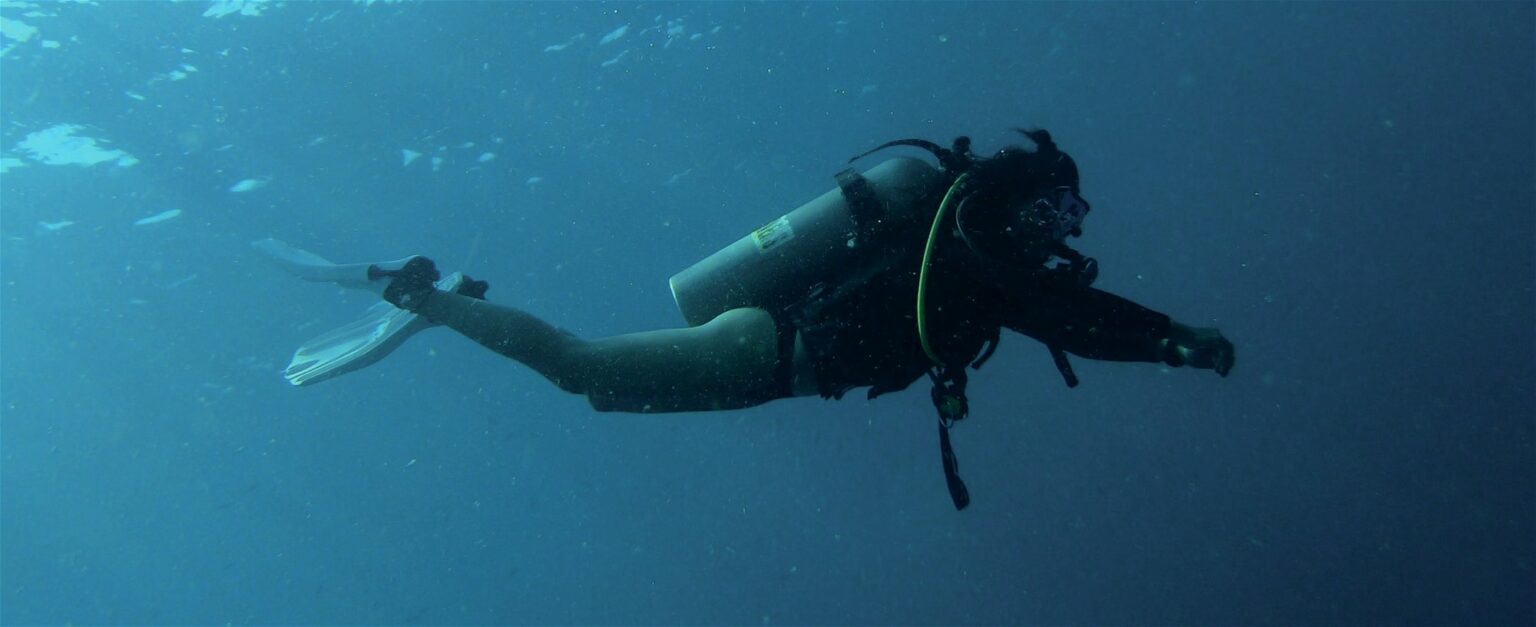Q: In the absence of a recompression chamber, does DAN recommend treating a “bent” diver with in-water recompression?
A: DAN does not recommend that symptomatic divers be recompressed while breathing standard air in the water. In some areas of the world, divers are treated with in-water recompression because of a lack of chamber facilities.
At one time, divers were treated in recompression chambers using the U.S. Navy treatment tables and breathing air instead of oxygen. The failure rate was high. It is unlikely that in-water recompression using air is more effective than those old treatment tables. In-water recompression with the diver breathing oxygen instead of standard air has been used successfully in some areas.
However, in-water recompression has its own dangers and should not be attempted without the necessary training and equipment, or in the absence of someone who can assess the diver medically. The resources required for inwater recompression usually exceed the ability of those at the scene to properly assist the injured diver.
In-water recompression of any type is not currently recommended by DAN.
Raynaud’s Syndrome
Q: I’ve recently been diagnosed with Raynaud’s Syndrome. I’m an avid diver. Can I continue diving?
A: Raynaud’s Syndrome decreases effective blood flow to the extremities, most significantly fingers and toes; this results in cold, pale fingers and toes, followed by pain and redness in these areas as blood flow returns. The underlying problem is constriction of the blood vessels in response to cold, stress or some other phenomenon supplying these areas. Symptoms are often mild.
Raynaud’s phenomenon may occur as an isolated problem, but it is more often associated with autoimmune and connective tissue disorders such as scleroderma, rheumatoid arthritis and lupus. Raynaud’s Syndrome poses a threat to a diver who is so severely affected that he/she may lose function or dexterity in the hands and fingers during the dive. If coldness is a trigger that causes symptoms in the individual, immersion in cold water will likely do the same. These individuals should avoid diving in water cold enough to elicit symptoms in an ungloved hand.
The pain may be sufficiently significant that, for all practical purposes, the diver will not be able to use his/her hands. Less severely affected individuals may be able to function adequately in the water. Calcium channel blockers may be prescribed for individuals with severe symptoms; lightheadedness when going from a sitting or supine position to standing may be a significant side effect.
Join DAN to get a number of benefits, including answers to all your diving-related medical questions:
daneurope
This article was originally published in Scuba Diver UK #68.
Subscribe digitally and read more great stories like this from anywhere in the world in a mobile-friendly format. Link to the article








